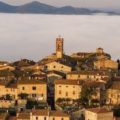I used to feel at home in my village because I belonged to it in the most obvious way: I knew everyone, and everyone knew me. Now, when I return, I don’t come as often, and many of the people I once knew are gone. The young faces in the square and in the streets have no idea who I am, and I sometimes feel like a stranger in the very place where I was born. Is this still home? Yes—but not for the same reasons as before. It feels like home now because I know I am part of something larger: I am one of the many who, over thousands of years, have lived on these hills, worked this land, and called it theirs. That awareness—the continuity whispered through the centuries—is what roots me, even when everything else seems changed.
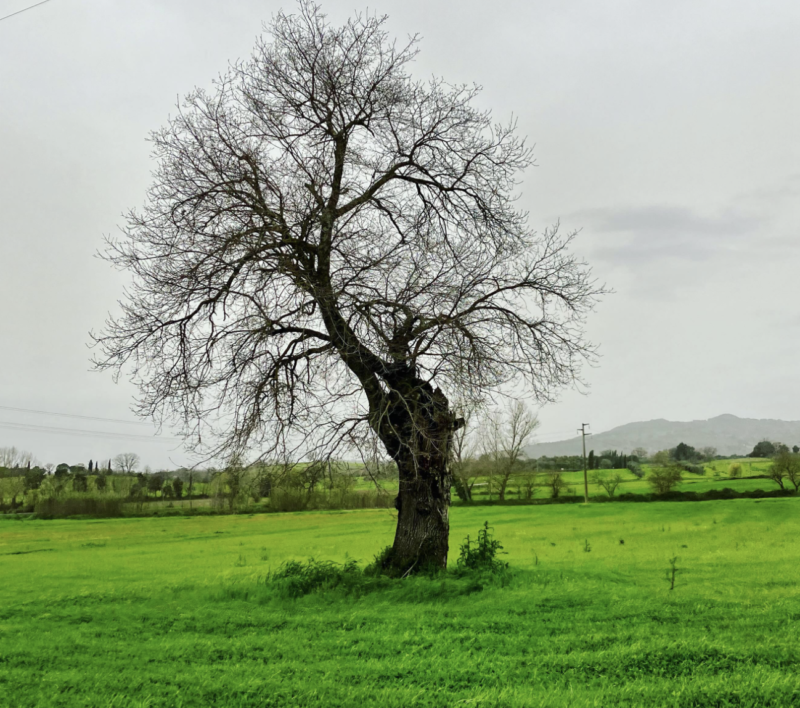
Today, when you walk through the countryside surrounding Civitella, you might think of it as timeless, peaceful, unchanged. In a way, that is true. Generations upon generations have lived here, worked the same land, and looked at the same horizon. The silence of these rolling hills hides stories that stretch back to the time of the Etruscans, a people who flourished long before the Romans.
Who were they? The Etruscans were an ancient people who lived in central Italy from around the 9th to the 2nd century BC, before being absorbed into the Roman world. They were skilled farmers, traders, and artisans, and left behind beautiful art, mysterious writing, and remarkable tombs. They are sometimes called “Italy’s first great civilization.”
Just a short distance from here, at Casenovole, archaeologists discovered extraordinary Etruscan tombs. One of them, known as the “Badger’s Tomb,” had remained sealed for over two thousand years. Crazy! Right under our feet. Unnoticed and forgotten. Inside were urns containing the ashes of entire families, together with their treasures: bronze mirrors, coins, weapons, and even fragments of golden leaves from a funerary crown. These were not kings or great generals, but aristocratic families who lived in elegant rural villas, farming the fertile valley of the river Ombrone and trading with nearby cities like Roselle and Vetulonia. (If you want to know more about the excavations in the area and maybe arrange a visit check https://odysseus2007.it/ or read about it here).
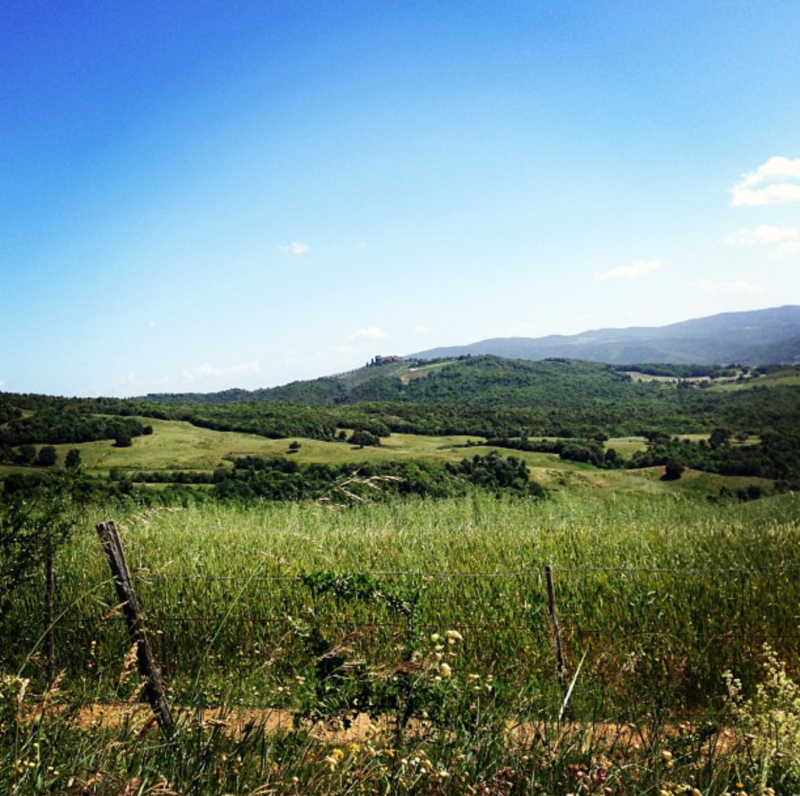
And even in Civitella Marittima itself, the village I call home, the presence of the Etruscans lingers. Walking through the old streets, if you look closely at the base of the medieval walls, you may notice massive, irregular stones. These Medieval walls are believed to have been built on pre-existing cyclopean blocks that once formed the foundations of an Etruscan settlement. To me, it is humbling to think that the walls I pass every day are built upon stones placed there more than two millennia ago, tying our medieval village to a much older, deeper past.
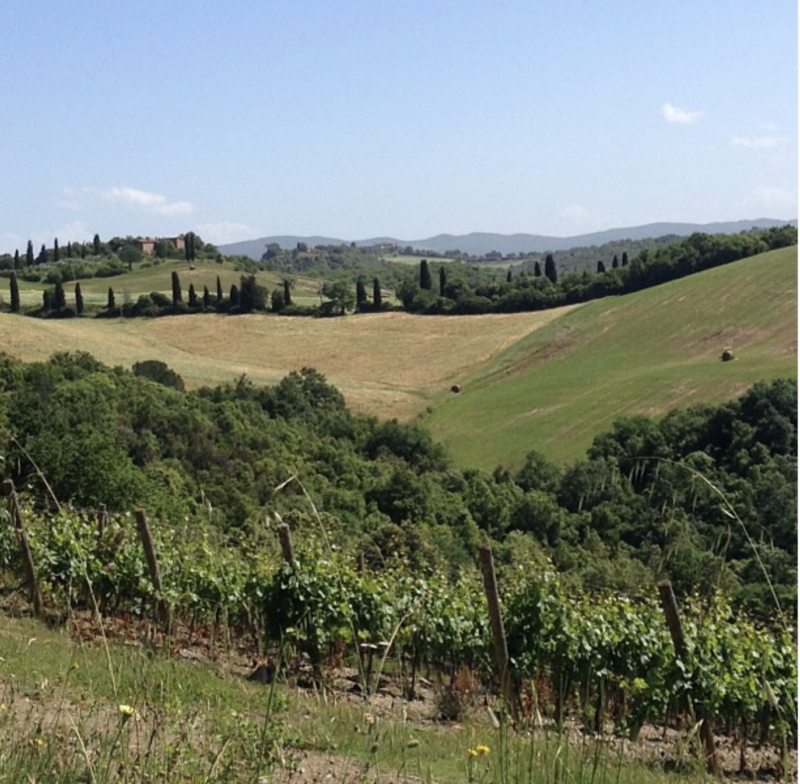
The history of the area is fascinating first and foremost because it is one of continuity. I cannot but think of these people. They were Etruscans, but they were also already becoming Romans. Their world was changing, shaped by encounters with people who had different traditions, different languages, and different stories. It was a time of transformation, a blending of cultures that must have felt both unsettling and full of possibility. And in a way, that resonates with us today. For so long, this little world of ours here on the hills of Southern Tuscany has seemed unchanged, but now new people arrive, bringing their own languages, traditions, and ways of seeing the world. Perhaps, just like those families buried near Casenovole, we too are sharing in that same sense of transformation: living through change while still holding on to what makes this place home. There is so much I do not recognise anymore and yet so much that still roots me to these old streets and these ancient views.
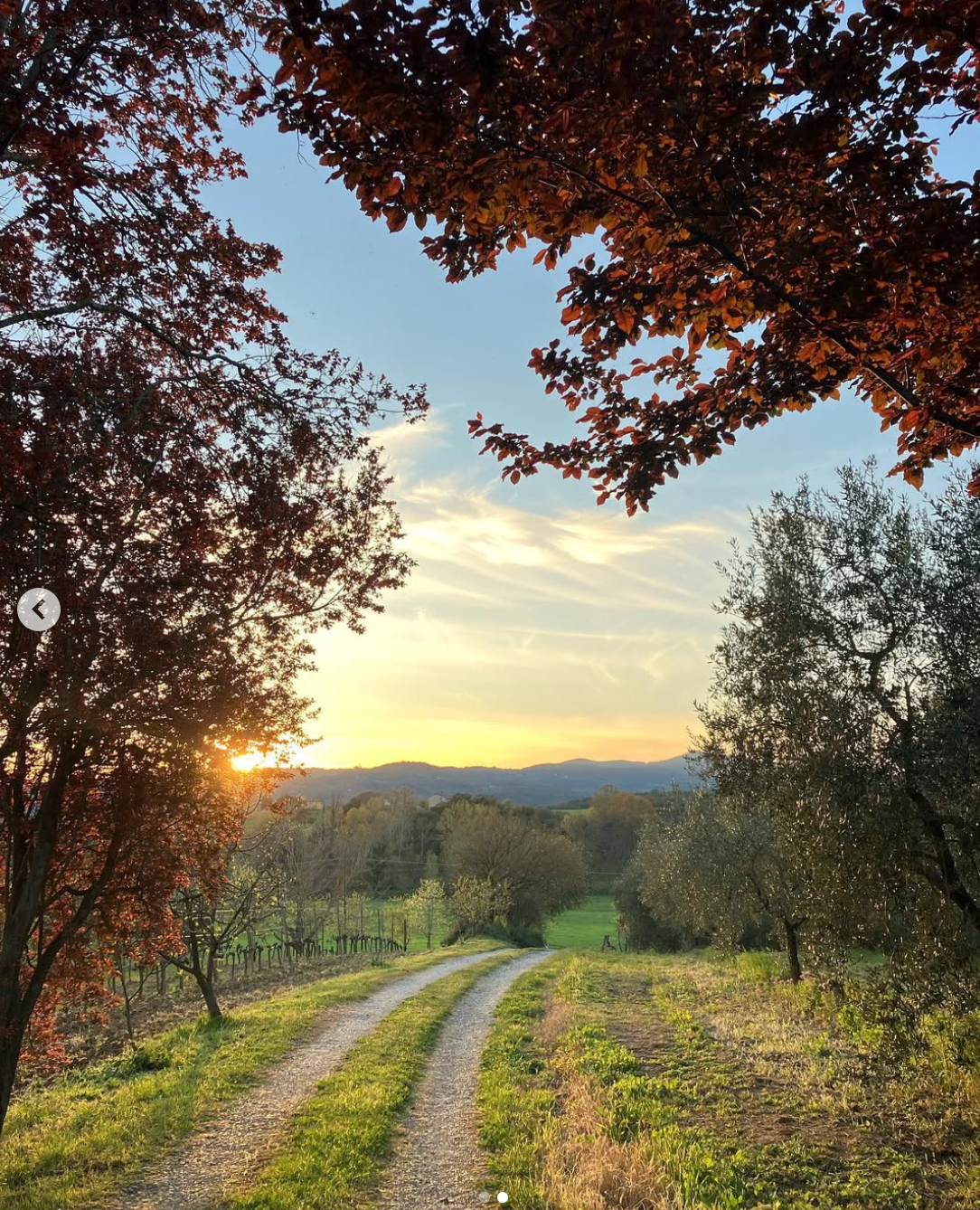
So, if you visit this corner of Tuscany, remember that, when you walk the trails or drive through the winding roads, your steps follow paths once traced by Etruscan farmers, Roman merchants, and medieval pilgrims. Our short passage on this earth takes place on land that has always been lived in, loved, and cared for. These hills have been called “home” for millennia. When you look at the landscape, imagine the lives that unfolded here thousands of years ago and feel the comforting thought that you are sharing in the same quiet life that has endured through the ages.
Would you like to spend some time in my home village? Check our Casina di Rosa – Vacation Rental in Tuscany.
[All photos are mine, except for the banner photo that is by @brunobruchifotografo per @cpadver].













